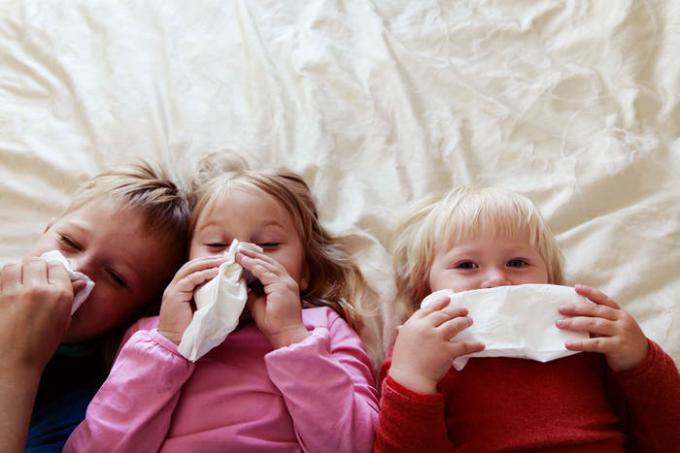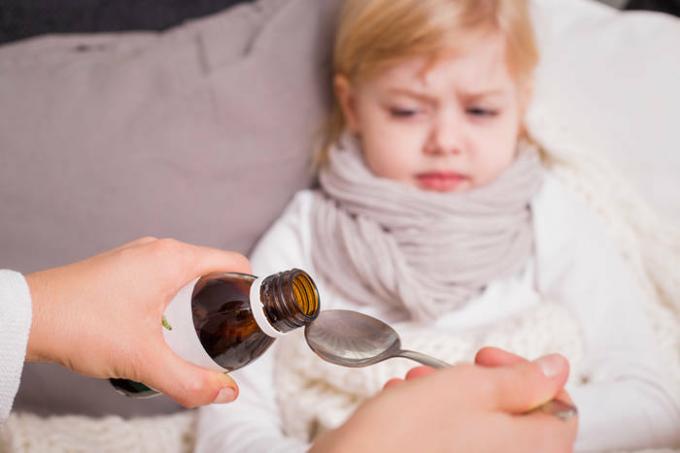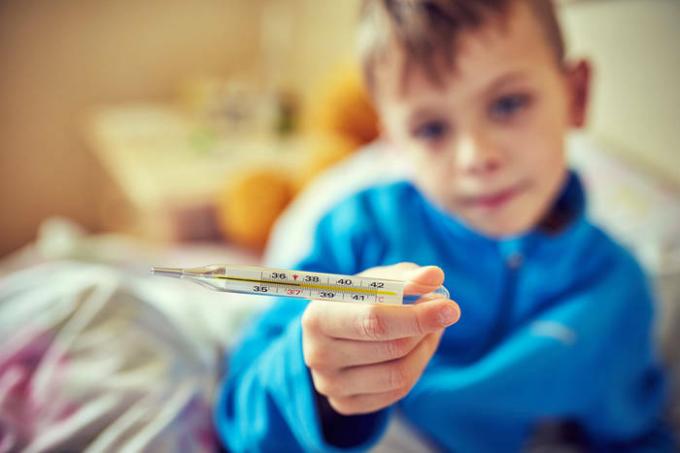Each autumn-winter season is a real test for parents, because children get sick much more often at this time.

1. Using vasoconstrictor drops for more than 5 days
Nasal drops that quickly ease breathing and relieve congestion are, of course, a real salvation for parents of sick children. But often a runny nose does not go away in 5 days, and you want to make life easier for yourself and the child as long as possible, because the drops continue to be used after the period specified in the instructions.
This leads to the appearance of edema in the nasopharynx, as a result, breathing is constantly difficult, and it is already impossible to do without drops. And for the treatment of edema, the help of a doctor is needed.
Remember that vasoconstrictor drops should be used only as a last resort, when other methods (blowing out, rinsing, steam baths) do not help. And no longer than 3-5 days, depending on the indications in the instructions.

2. Using several similar medications
Many ARVI drugs that are suitable for children have the same composition, but different names. This is done solely for the manufacturer's earnings, but it can mislead parents. Do not buy drugs based solely on advertising. Be sure to consult your doctor and study the composition.An excess of the active ingredient can lead to poisoning of the child, vomiting, diarrhea, dizziness, allergies.

3. Treatment exclusively with folk methods
The most effective folk remedy for colds is drinking plenty of fluids. All other "rituals" with onion "inhalations", mustard plasters, cans, making garlic nasal ointment, etc., should not be used on children, so as not to aggravate the situation.
At high temperatures, your child needs a modern antipyretic, and for more severe diseases like tonsillitis, an antibiotic prescribed by a doctor. And the means of traditional medicine, alas, are indispensable.
Remember that all these folk remedies were invented when people had no access to real medicines.

4. Using antibiotics without a doctor's prescription
The flip side of today's drug availability is that parents give their children antibiotics without a doctor's prescription because they are easy to buy over the counter without a prescription. But antibiotics are serious medicines that help fight much more serious diseases than SARS.But their uncontrolled intake leads to the fact that bacteria develops resistance to antibiotics - and then, in case of real need, the medicine will not work. In addition, it is worth remembering that antibiotics simply cannot help in the treatment of ARVI.

5. Overuse of antipyretics
Everyone remembers the rule not to bring the temperature down to 38.5, but they prefer to close their eyes to it when it comes to children. Nevertheless, bringing down the temperature, which has not reached 38 degrees, means preventing the body from fighting the disease on its own. And too frequent use of antipyretic drugs can lead to overdose and poisoning of the body.Use medications to bring down the temperature only as instructed. If within an hour after using the antipyretic the temperature has not dropped, you need to call an ambulance.
You will also be interested to read:
- simple rules on how to help children get sick with ARVI less often
- 5 dangerous diseases that disguise themselves as ARVI
- how to distinguish SARS from influenza

